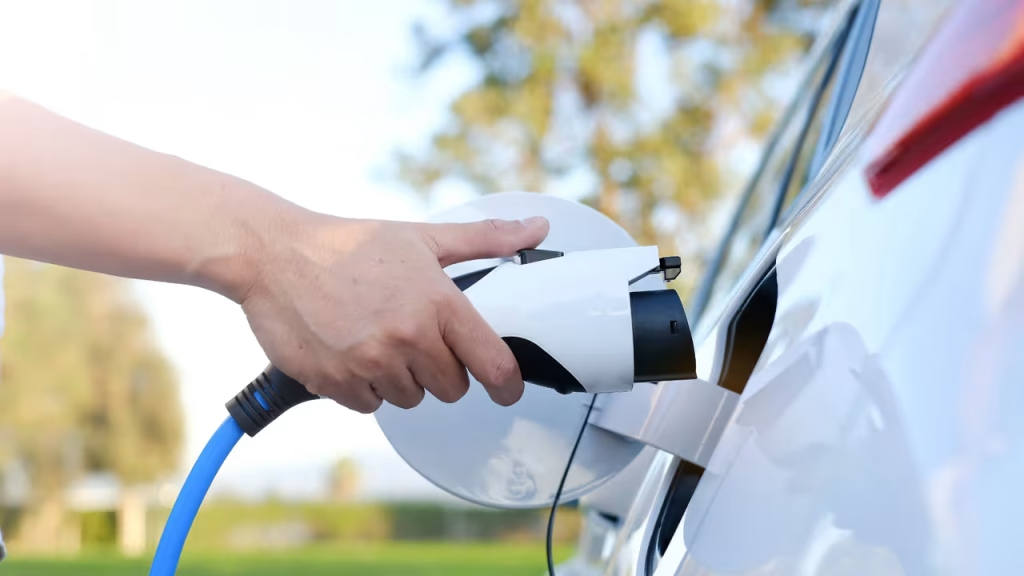the honest truth about ev charging
Congratulations on joining the electric vehicle (EV) revolution! But hold on a second—before you get too cozy with your new ride, let’s talk about charging. The excitement of driving electric can quickly turn into a headache when it’s time to plug in. If you thought owning an EV was going to be all smooth sailing, think again. How do you keep that battery full without losing your mind? Let’s dive into the real world of EV charging.
what are the charging levels?
First things first: not all chargers are created equal. Understanding the different levels of charging can save you a lot of frustration down the road. Here’s the lowdown:
- Level 1: This is the slow and steady option. Using a standard 120V outlet, you can expect to charge your vehicle overnight. It’s great if you’ve got the luxury of time, but don’t expect any quick getaways.
- Level 2: Now we’re entering the fast lane! Level 2 chargers operate on a 240V supply and can give your EV a solid charge in just a few hours. Perfect for a lunch break or while you’re shopping.
- DC fast charging: These are your go-to chargers when you’re in a hurry. They can pump up your battery to about 80% in just 30 minutes. Imagine grabbing a coffee and getting back on the road in no time!
the search for charging stations
Now, let’s get to the nitty-gritty: finding charging stations. If you’re lucky enough to have a home charger, you’re sitting pretty. But for most people, public charging stations can feel like a never-ending scavenger hunt. Ever rolled up to a station only to discover it’s occupied or worse, out of order? It’s like arriving at a party that’s already ended. Why is it still so hard to find a reliable spot?
the infrastructure issue
Let’s not beat around the bush: the charging infrastructure is a mess. With more and more folks making the switch to electric, the demand for charging stations is skyrocketing. Yet, the supply hasn’t quite caught up. You might find yourself circling the block, searching for a charger that isn’t already taken. Cities need to step up their game. If we can’t sort this out, we might as well still be filling up at gas stations.
what’s next for charging?
Looking ahead, the future of charging is a mixed bag of excitement and uncertainty. Wireless charging is on the horizon. Imagine pulling into your driveway and your car starts charging all on its own! Sounds like something out of a sci-fi flick, right? But let’s not get too ahead of ourselves; we’ve still got a mountain of issues to tackle before that becomes a reality.
the joys of home charging
If you’re able to set up a Level 2 charger at home, count yourself lucky! Waking up to a fully charged car is a total game-changer. It’s like having your own personal gas station! But for those living in apartments or condos, the struggle is real. Many multi-family buildings still lack charging options. Why is this still an issue in 2023?
the cost of charging
Let’s talk about money. Charging at home can save you a bundle compared to gas prices, but public charging? That’s a different story. Depending on where you are, you might run into some steep fees—especially at fast chargers. It makes you wonder: is owning an EV really saving you money in the long run, or are you just trading one expense for another?
the social side of charging
Charging isn’t just a solo activity; it’s a chance to connect with fellow EV enthusiasts. Many owners share tips about the best charging stations or even organize local meet-ups. Have you ever felt that sense of community while charging? There’s something exhilarating about chatting with another EV driver while your car juices up. It’s like being part of a new tribe that gets what you’re going through.
the environmental perspective
Let’s not gloss over the environmental implications. Driving an EV means zero tailpipe emissions, which is awesome for our planet. But here’s a thought: where does the electricity come from? If it’s generated from non-renewable sources, are we genuinely making a positive impact? This is a complex issue that deserves our attention. Are we truly solving the environmental crisis, or merely shifting it around?
The conversation around EV charging is only going to heat up as we continue to navigate this electric age. It’s about more than just transportation; it’s about rethinking our relationship with energy and infrastructure. As we explore the intricacies of charging, one question lingers: are we ready to embrace this electric future, with all its challenges and rewards?


